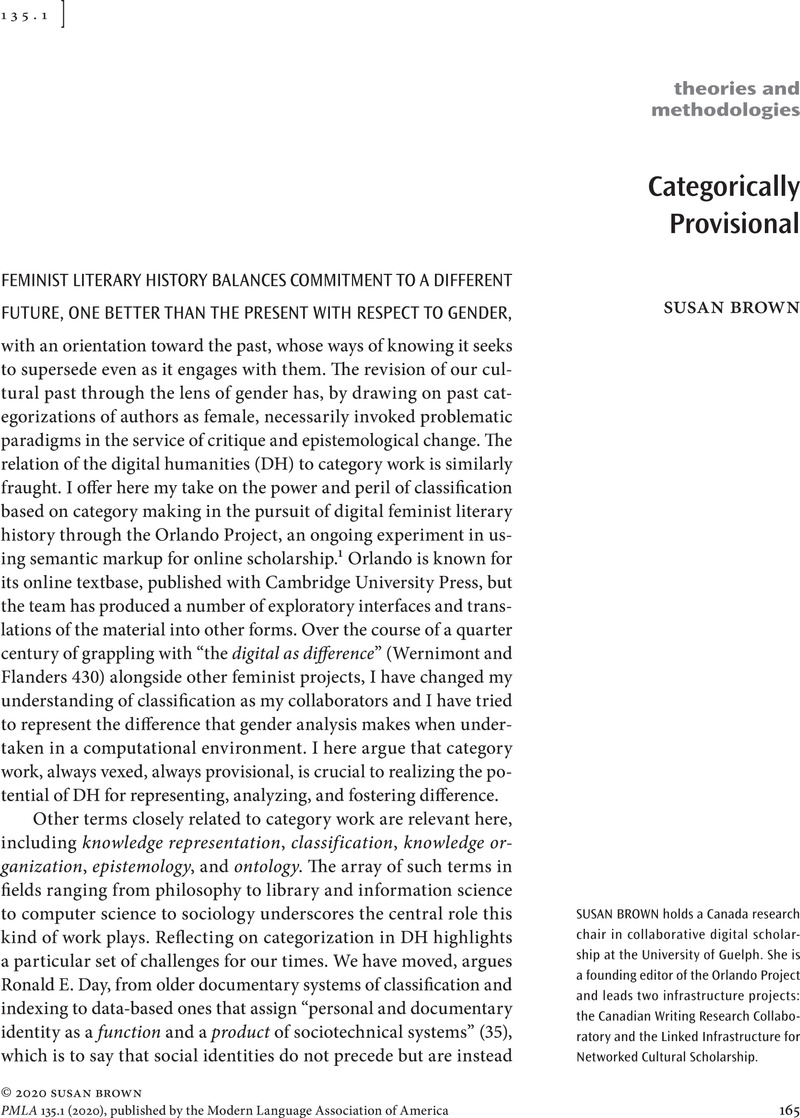Crossref Citations
This article has been cited by the following publications. This list is generated based on data provided by Crossref.
Crompton, Constance
2022.
The Palgrave Handbook of Digital and Public Humanities.
p.
89.
Shaw, Ryan
2023.
Conceptual modeling as language design.
Journal of the Association for Information Science and Technology,





